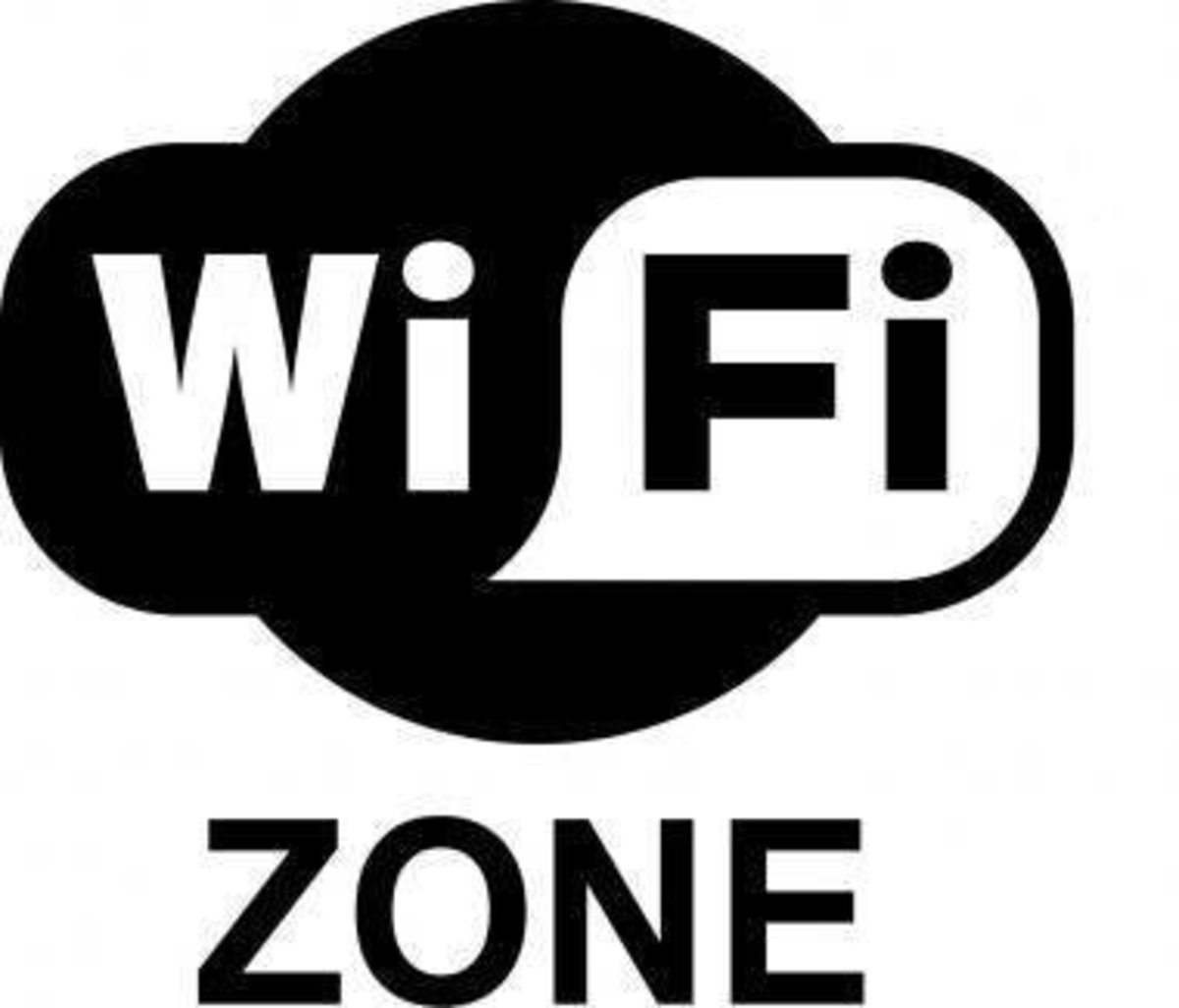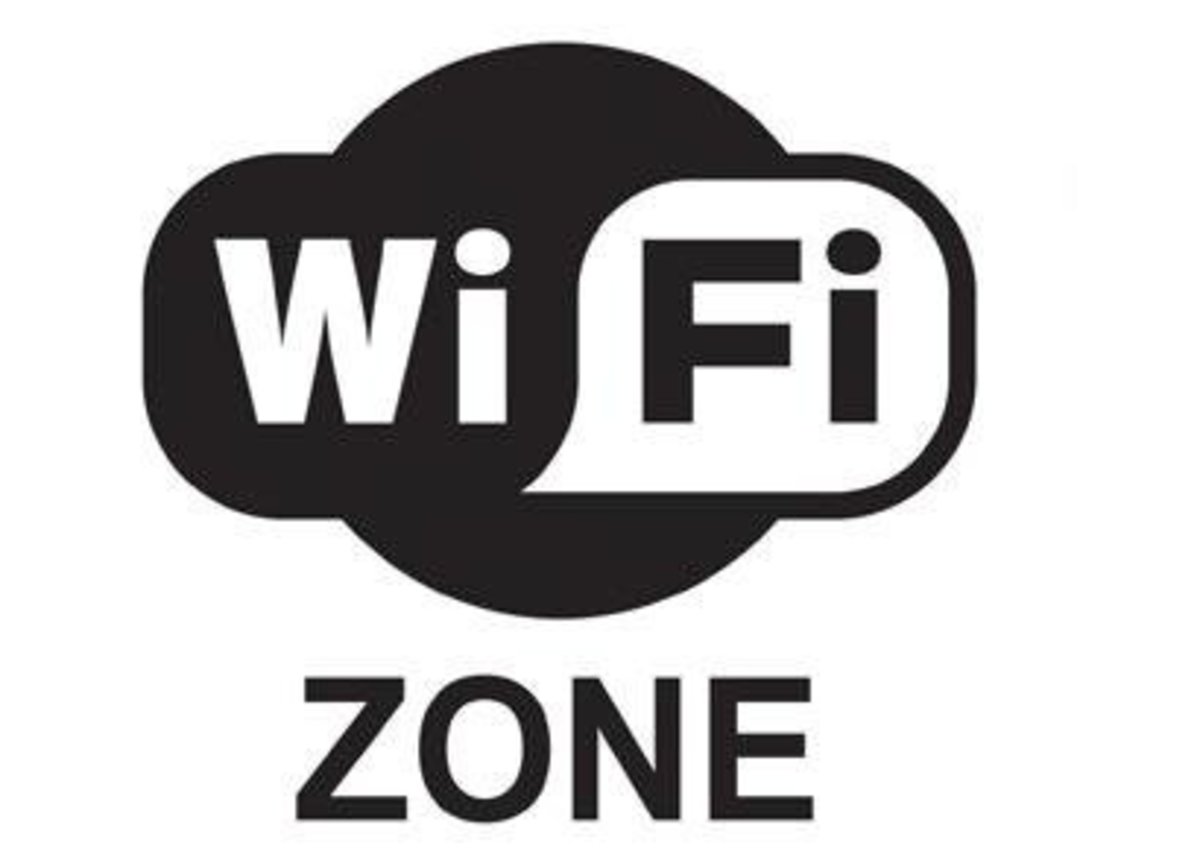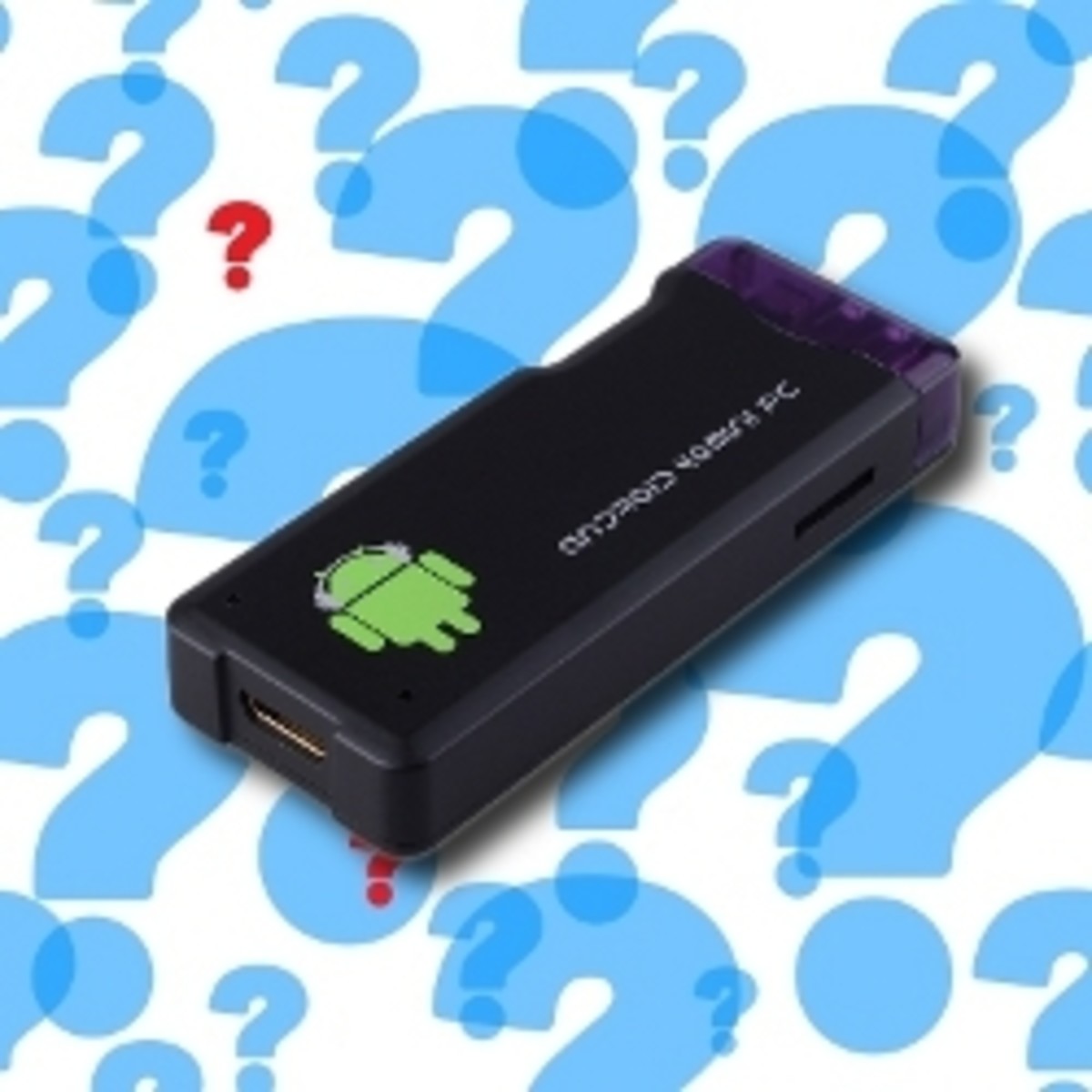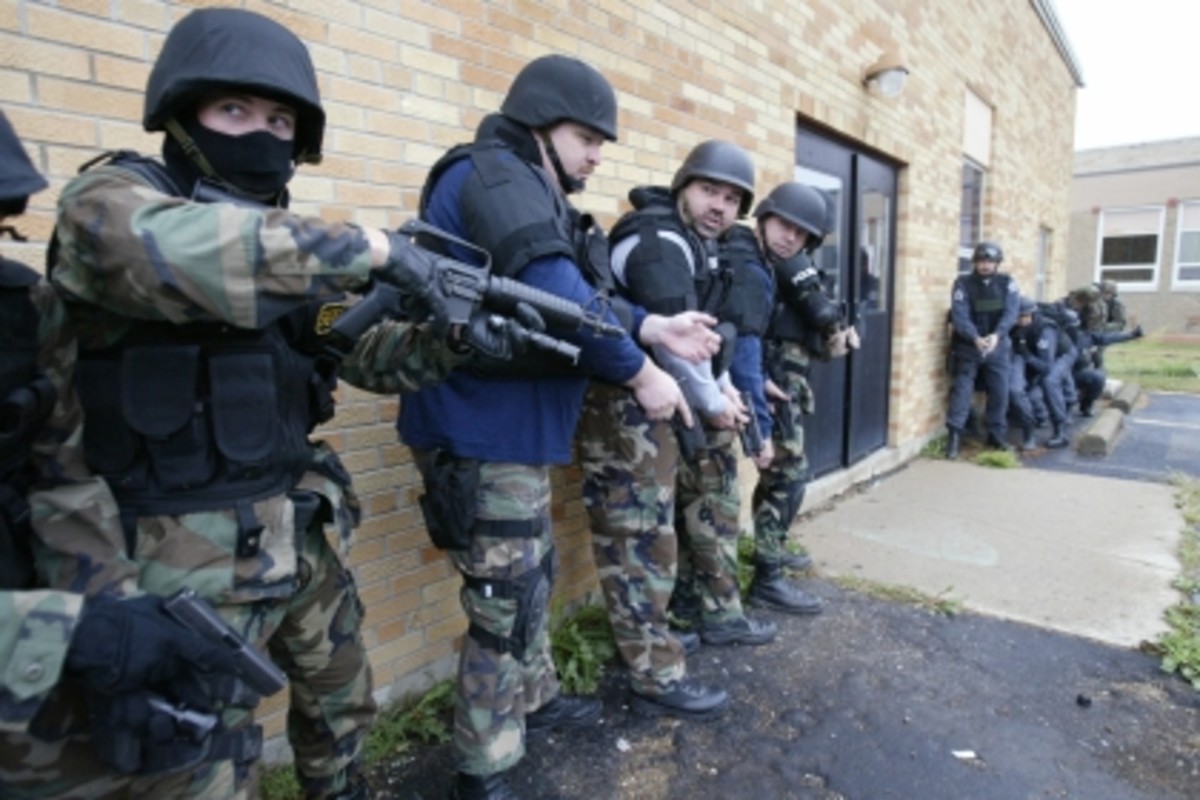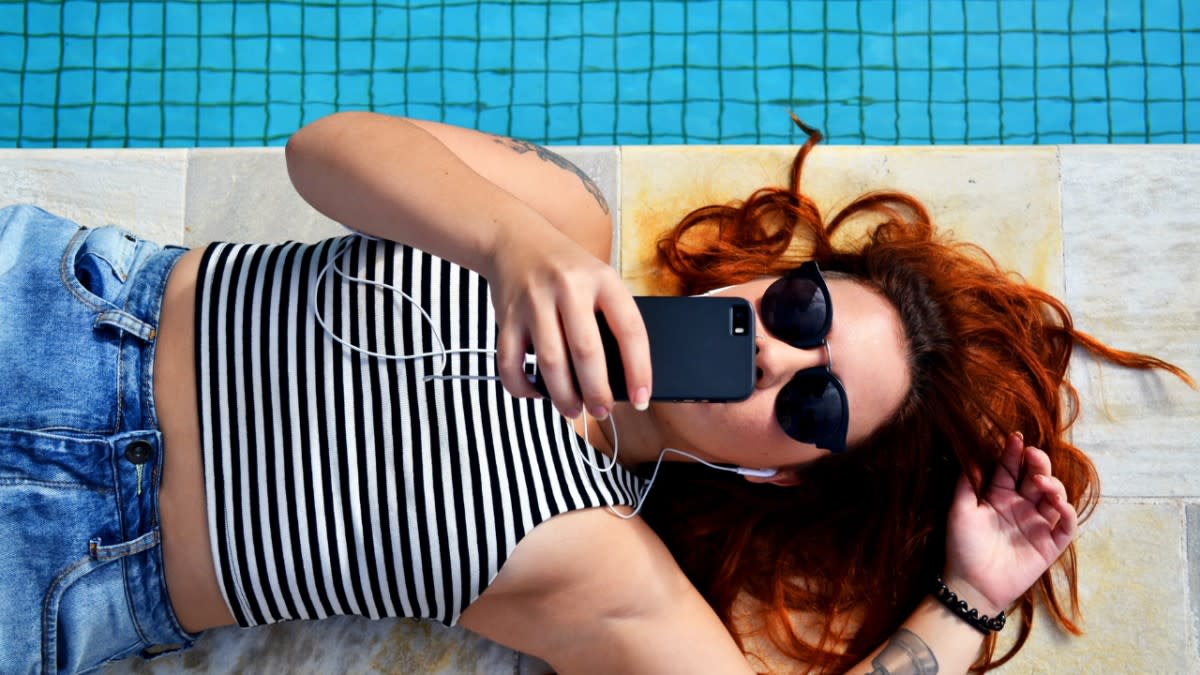How I Made My Crude Wi-Fi Signal Booster
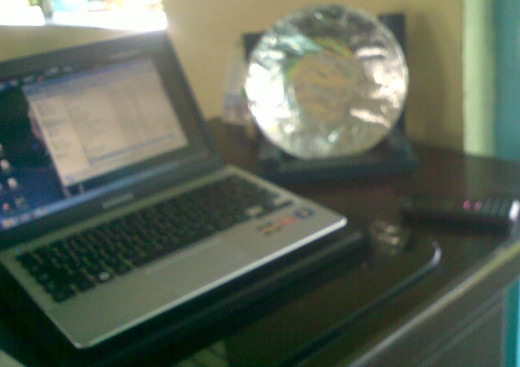
I have always been an internet “babe” since we started subscribing to a local internet provider. I do my research, prepare some of my lessons, and connect with friends through social networking sites. I also read news stories and articles using the World Wide Web. I also need it for my online writing. So, it is not surprising that wherever I go, I always bring my laptop. It is a very helpful tool in my teaching, too.
Our school doesn’t have an internet nor subscribed to any internet operator. What we have is the USB-type or the plug-in type of internet where a local mobile operator is the one providing the net connection. So I was ecstatic when I learned that the family of one of my pupils has an internet with a Wi-Fi modem in their home which is located near the school. I was able to detect their Wi-Fi when I turned on my laptop and one of the available connections was that of my pupil’s. I asked her why their Wi-Fi is in the public setting, which, of course makes practically everyone in the vicinity to connect freely to their internet. She said that it is just alright with his father to share their Wi-Fi with their neighbors that is why they never hide theirs. She added that anyone can connect to their Wi-Fi. I asked her if it is okay with them if I also connect to the internet using their Wi-Fi and she said there’s no problem with that.
There is just one problem, though. Even if I can connect with them, I get a very poor or low signal. If I am able to make a connection, it easily disconnects. This makes the internet connection practically useless for me. Their house is more or less 30 meters away from our school. This explains the poor signal. So I thought and researched ways on how I can “catch” a stronger signal. I tried to devise my own Wi-Fi signal booster.
Taking the inspiration from a satellite dish which can receive communication signals, I experimented and made a crude dish. This is how I made my own Wi-Fi signal booster:
Materials:
| ||
|---|---|---|
small ceramic plate (curved)
| ||
aluminum foil
| ||
small nails
| ||
pieces of small of wood
| ||
hammer
|
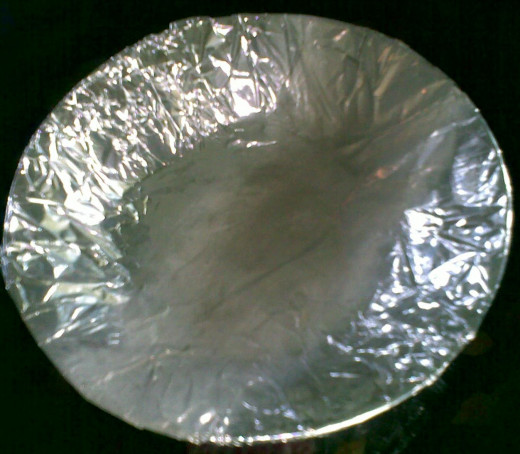
Procedure:
1. Cover the ceramic, curved plate with an aluminum foil. This aluminum foil will serve as the parabolic reflector. Please see the picture at the right. The plate is the small one which curves at the sides.
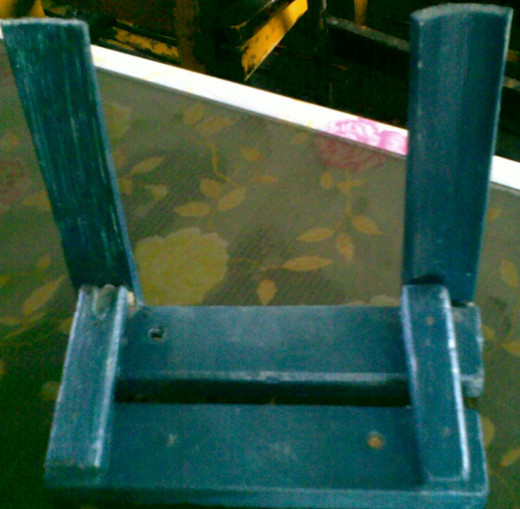
2. Make the stand by putting together the small pieces of wood. This will support the plate covered with aluminum foil. You can design your stand in any way you want it as long as you can mount the plate properly. Paint the stand with your desired color.
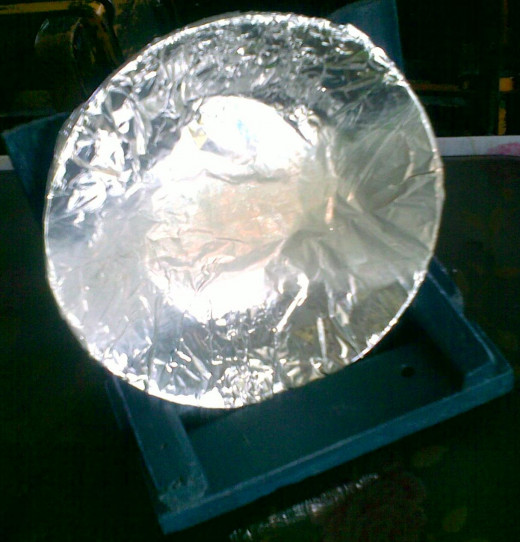
3. Mount the crude satellite dish (the plate covered in aluminum foil) on the stand and place it in such a way that it faces the source of the Wi-Fi signal. In my case, the signal is a bit stronger near the door so I faced it there.
4. Place and use the laptop near the Wi-Fi signal booster you made. See the picture at the top part of this hub article.
Voila! I got a stronger signal. I am not as totally disconnected as before. I am not saying that this is a fool-proof way of getting stronger Wi-Fi signal. This may or may not work for you depending on the signal strength that you receive.
However, there are days when I still have a poor or low connection. Then one day, I placed a cell phone near the laptop and the Wi-Fi signal booster I made. I noticed that I got a better and more stable connection. I can easily browse the internet and go from one website to another with more speed. I thought it is just coincidental and that the weather permits a stronger Wi-Fi signal to be detected by my laptop. I removed the cell phone and immediately noticed a poorer signal. I put it back near the laptop and Wi-Fi signal booster and a more stable Wi-Fi signal was detected. Bear in mind that a cell phone is actually a radio, too, which can receive and transmit communication signals or frequencies. So this may explain why putting the cell phone help in “catching” stronger signal. But when I placed a different brand of cell phone other than the one I used first, I noticed that it is not as strong as the latter. I experimented using the two brand of cell phones by alternately placing them near the laptop and the crude W-Fi booster I made and indeed, the first one I used "catches" a better signal. Again, I would like to caution that it worked for me. I don’t pretend to be a knowledgeable person when it comes to this kind of thing. I would just like to share to you my experiment and experience which you can try if you encounter the same weak Wi-Fi signal as I did. Another caution is that you have to consider how far or near the Wi-Fi modem is to you.
UPDATE: We now have our school's own internet connection now. My own-made signal booster is still in use.

